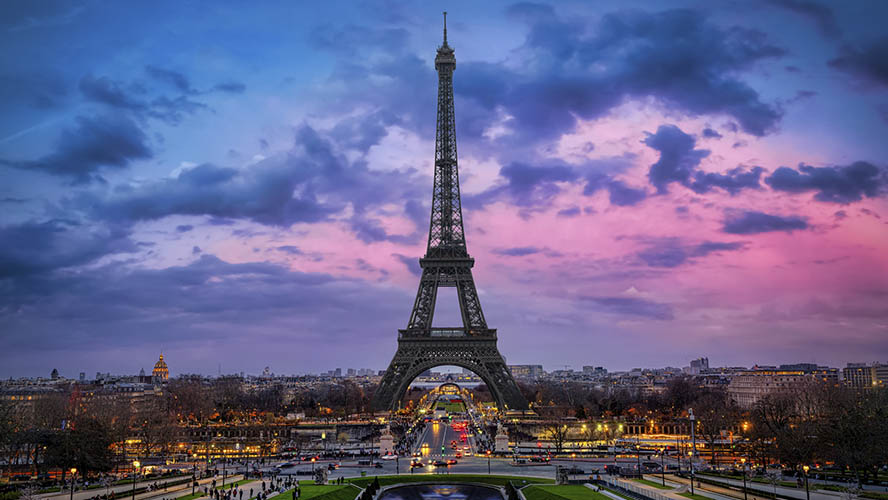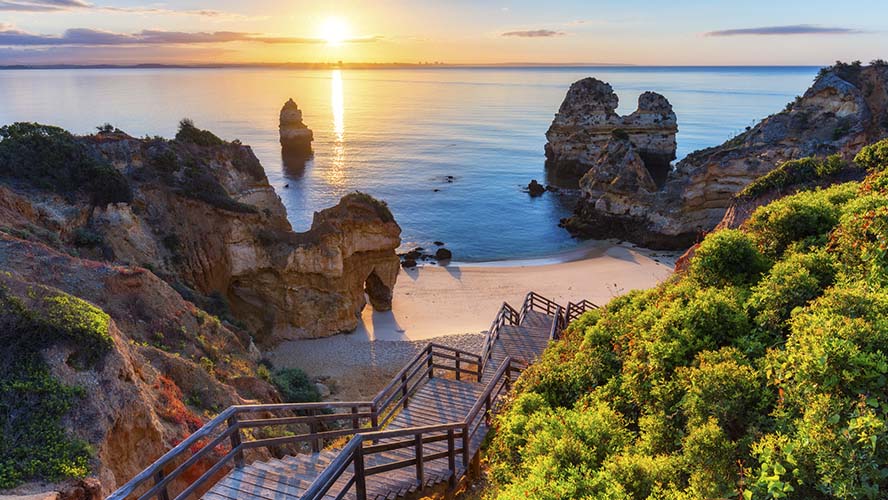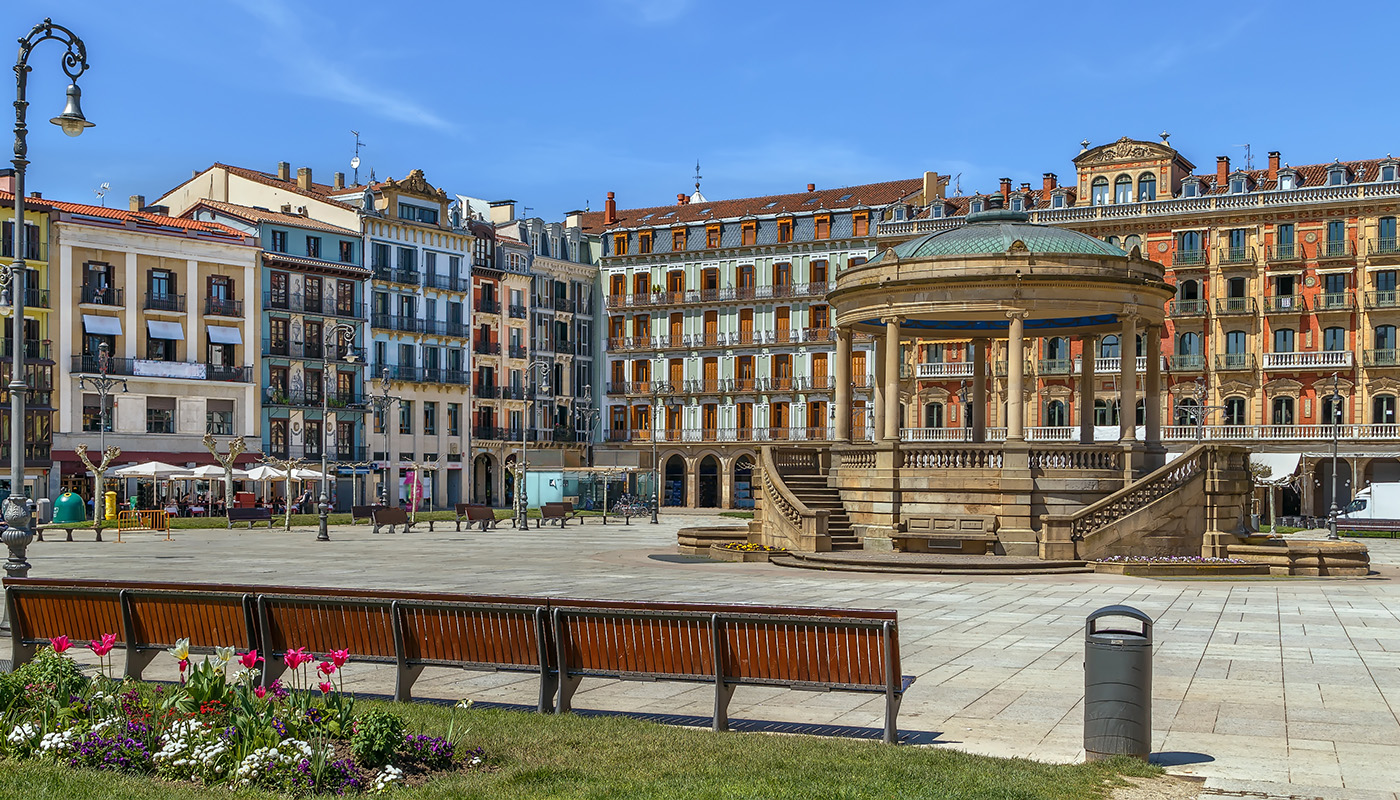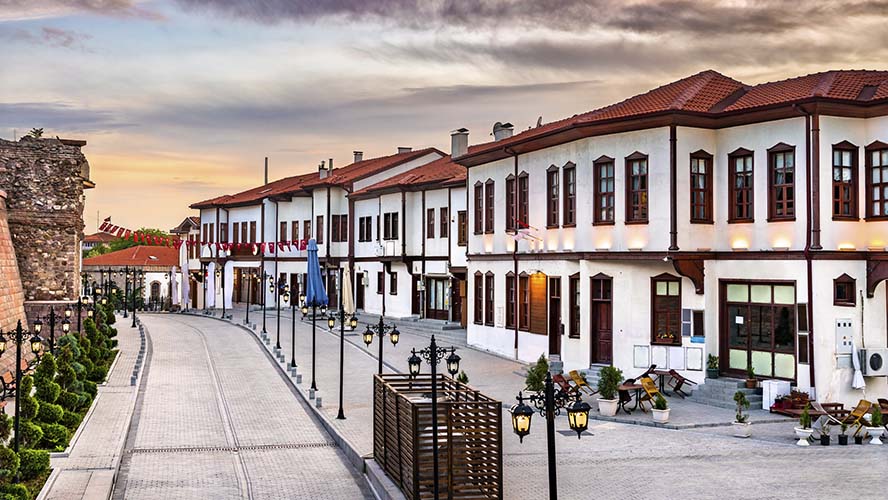Sofia, the capital of Bulgaria, is not a city that overwhelms visitors with great pretensions, but that is its great charm. At first sight, it appears to be a place of contrasts: wide avenues from the Soviet era which lead to medieval churches, Roman ruins hidden beneath metro stations, and open-air markets alongside modern shopping centres. However, a walk around its streets reveals a city full of nuances, where over 7,000 years of history — the place has been home to Thracians, Romans, Byzantines, Ottomans and Soviets — live together and exude a buzzing, modern energy. This is a destination where Roman mosaics and the gilded cupolas of Orthodox churches share space with bohemian cafés and art galleries displaying urban art, making Sofia more than a city to merely visit, but a place to explore, wander and, above all, discover.
- The history of Sofia: from Thracian Serdika to the modern capital of Bulgaria
- Alexander Nevski Cathedral: Sofia’s golden emblem
- Boyana Church: frescoes that mark a ‘before’ and an ‘after’
- Vitosha Boulevard: Sofia’s main artery
- Sveta-Nedelya Cathedral: a city centre sanctuary
- The Church of Saint Nicholas: a corner of Russia in Sofia
- Visiting the Banya Bashi Mosque: Sofia’s Ottoman legacy
- Sofia’s Synagogue: a magnificent bastion of Sephardic Judaism
- Sofia’s Central Market: an immersion in local life
- Where to eat: Bulgarian cuisine in the traditional ‘mehanas’
- Notable museums: a door to the past and to art
- Sveti Georgi Church: Sofia’s oldest building
- Advice for visitors: recommendations for getting the most out of Sofia
The history of Sofia: from Thracian Serdika to the modern capital of Bulgaria
Few European cities can claim such a long and diverse past as Sofia. The city’s origins date back to the eighth century BC, when the Thracians founded a settlement called Serdika in a valley surrounded by several mountains. Later, the city grew in status under Roman rule, becoming a prosperous trading and administrative hub. This period saw the construction of thermal baths, aqueducts, a forum and an amphitheatre, the ruins of which can still be explored today, especially in the Nezavisimost Square area and around Serdika metro station.
In the fourth century AD, Serdika came to occupy a special place in the history of Christianity. Emperor Constantine the Great described it as his favourite city, declaring: “Serdika is my Rome”. During his reign, the Sveti Georgi Church was built, a gem of a building in red brick that is one of Europe’s oldest churches, and whose Byzantine frescoes are still a source of fascination for visitors today.

The arrival of the Byzantines, followed by the Ottomans in the fourteenth century transformed Serdika into a cultural melting pot. During almost five centuries of Ottoman domination, Sofia became a major administrative hub, although its Christian roots were suppressed by new mosques, such as the Banya Bashi, which still stands as a testament to that period. It was during this time too that the city acquired the name it has today, Sofia, in honour of the Church of Saint Sofia, whose austere medieval architecture contrasts with the opulent Orthodox churches that would follow.
With the liberation of Bulgaria from the Ottoman Empire in 1878, Sofia became the country’s capital in 1879. The city then began a modernisation process, adopting Western European influences whilst also building its own identity. During the twentieth century, the Communist period left its mark with great boulevards and Brutalist monuments, such as the National Palace of Culture (NDK), which today present a fascinating contrast against the older buildings.
Sofia is not just Bulgaria’s administrative capital: it is also a living mosaic of the civilisations that have passed through it. From its Thracian roots to its rebirth as a cosmopolitan European city, every corner relates part of the city’s rich and often surprising history.
Alexander Nevski Cathedral: Sofia’s golden emblem
Alexander Nevski Cathedral is, without a doubt, one of Sofia’s most iconic monuments, and a symbol of Bulgaria itself. Built between 1882 and 1912 in honour of the Russian soldiers who died during the Russo-Turkish war, this majestic Orthodox church blends Byzantine and Neo-Classical architectural influences.
With its typical golden cupola, which can be seen from several points in the city, the cathedral is as impressive on the inside as it is from the outside. On entering, visitors step into a large, solemn space adorned with frescoes, gilded icons and an imposing chandelier. Don’t forget to visit the crypt, which houses a valuable collection of religious art and some of the country’s finest Orthodox icons.

Boyana Church: frescoes that mark a ‘before’ and an ‘after’
Situated on the outskirts of the city at the foot of Mount Vitosha, Boyana Church is a jewel that has been awarded World Heritage Site status by UNESCO. Built during the tenth century, this small, stone church is famous for its frescoes, which are considered to be the earliest examples of the European Renaissance.
The paintings, dating from 1259, are outstanding by virtue of their realistic details and the human expressions of the figures they depict — a decisive break with the rigid Byzantine portrayals. Every nook and cranny of this church has a story to tell, ranging from scenes from the life of Christ to paintings of donors and saints. This is a place where art transcends time, leaving an indelible footprint on the history of European art.

Vitosha Boulevard: Sofia’s main artery
Vitosha Boulevard is the shopping and social centre of Sofia, where locals and tourists mingle among the cafés, boutiques and restaurants. This pedestrian thoroughfare offers spectacular views of Mount Vitosha, particularly at sunset when the light picks out the Modernist style buildings that frame the view.
Here you will find shops selling international brands, along with local jewellery shops and boutiques selling typical Bulgarian goods. The is a perfect spot to enjoy a coffee, try a typical dessert such as banitsa, or simply stroll around watching the bustling city life.

Sveta-Nedelya Cathedral: a city centre sanctuary
Sveta-Nedelya Cathedral, which stands in the heart of Sofia, is a perfect example of Bulgarian Orthodox architecture. Although its history dates back to the tenth century, the current building is a reconstruction after the 1925 attack, which almost completely destroyed the original.
Inside, the church is peaceful and welcoming, with frescoes that depict biblical scenes and an impressive central cupola. This is an excellent place to pause and reflect while you enjoy the spiritual atmosphere that reigns here.

The Church of Saint Nicholas: a corner of Russia in Sofia
The Church of Saint Nicholas, known as the Russian Church, is one of the city’s most photogenic buildings. Built in 1914 for the Russian community, its typical Russian architecture with golden and green cupolas sets it apart from Sofia’s other churches.
Inside it is small but nonetheless fascinating, with Orthodox icons and a warm ambience. According to tradition, visitors leave notes of their wishes in the crypt of Saint Nicholas, hoping that they will come true.

Visiting the Banya Bashi Mosque: Sofia’s Ottoman legacy
Banya Bashi Mosque, built in 1566 under Ottoman rule, is a memorial to Sofia’s multicultural past. Its name, which means ‘many baths’, refers to the thermal waters that flow beneath the building.
The highlights of the Mosque, which was designed by the renowned Ottoman architect Mimar Sinan, are its minaret and its elegant interior decoration. It is an active place of worship, but it is also open to visitors who are interested in learning more about the city’s Islamic heritage.

Sofia’s Synagogue: a magnificent bastion of Sephardic Judaism
Sofia’s Synagogue, which opened in 1909, is Europe’s largest Sephardic synagogue, and a testament to Bulgaria’s Jewish legacy. This splendid building, which can hold over one thousand people, is an impressive sight with its Moorish-style architecture decorated with marble, carved wood and stained glass elements.
Inside, the outstanding feature is the huge glass chandelier, one of the largest in the Balkans, which floods the church with a warm, welcoming light. The building also houses a small museum that tells the story of Bulgaria’s Jewish community, from their arrival in the country up until the Second World War.

Sofia’s Central Market: an immersion in local life
Situated near the synagogue, the Central Market (or Tsentralni Hali) is the ideal spot to immerse yourself in the day-to-day life of Sofia’s inhabitants. This covered market, which opened in 1911, blends Neo-Classical architecture with traditional Bulgarian elements to create a unique place to explore.
On its many stalls, you will find fresh products such as cheeses, delicatessen, spices and honey. Don’t forget to try the lukanka, a typical salami, or to buy a jar of rose honey, a local speciality. In addition, the market has cafés and little restaurants where you can try typical dishes such as shopska, the national salad.
Where to eat: Bulgarian cuisine in the traditional ‘mehanas’
Sofia offers a rich gastronomy that combines Bulgarian traditions with Balkan and Mediterranean influences. In the city centre, restaurants such as Moma Bulgarian Food & Wine attract attention thanks to their focus on local ingredients and their reinventions of traditional dishes, such as kavarma, a meat and vegetable stew.
If you prefer a more informal setting, the taverns known as mehanas — of which the city has several — are the perfect place to try dishes such as banitsa, accompanied by rakia, the typical Bulgarian brandy. For coffee lovers, Sofia is full of welcoming cafés, ideal for enjoying an espresso and and a honey cake while you watch the city life.
Notable museums: a door to the past and to art
Sofia has museums to suit all tastes. The National History Museum, housed in a former communist palace, offers a complete vision of the history of Bulgaria, from the Thracian age up to modern times. Highlights include Thracian gold treasures, true masterpieces of the ancient goldsmiths’ art.
The Museum of Socialist Art, on the other hand, takes visitors back to the period of Communist rule with its collection of statues, pictures and propaganda posters. For archaeology enthusiasts, the National Archaeological Museum, housed in a former Ottoman mosque, is an essential visit.
Sveti Georgi Church: Sofia’s oldest building
Hidden among modern buildings, Sveti Georgi Church is Sofia’s oldest building, dating back to the fourth century. This little red brick church, also known as the Rotunda of St George, has survived the fall of empires and many conflicts, to become a symbol of resistance.
Inside, the walls are covered in medieval frescoes that portray biblical scenes with an impressive wealth of detail. The contrast between this ancient church and its urban setting has made it one of the city’s most fascinating spots.

Advice for visitors: recommendations for getting the most out of Sofia
Sofia is an easy city to explore on foot: especially the historic quarter where most of the attractions are concentrated. However, the public transport service, which includes trams, buses and a metro system, is efficient and cheap, ideal for travelling to places such as Boyana Church or Mount Vitosha.
The best time to visit Sofia is during spring or autumn, when the weather is mild and pleasant, perfect for strolling around the city’s streets and parks. Don’t forget to take comfortable footwear, as many streets in the historic quarter are cobbled.













































































